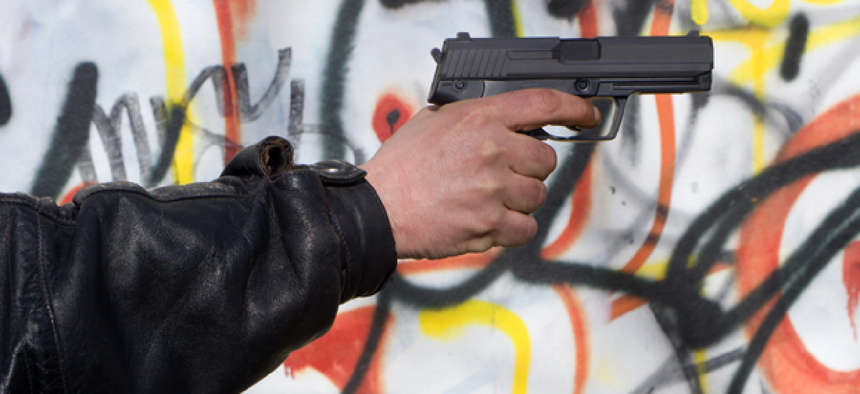Identifying future shootings in the Windy City


Connecting state and local government leaders
Based on the theory that shooters are themselves more likely to be shot, Chicago built an algorithm that identifies those it considers most responsible for gun violence in the city.
Chicago is using analytics to predict shooting victims.
Based on the theory that shooters are themselves more likely to be shot, the city has compiled a list of 1,400 Chicagoans it considers most responsible for gun violence in the city. Ten variables, including past arrests, convictions and gang affiliations, are used to determine who gets added to the list, called the Strategic Subject List (SSL).
“We know we have a lot of violence in Chicago, but we also know there’s a small segment that’s driving this stuff,” Chicago Police Department Superintendent Eddie Johnson, told the New York Times.
The technology comes at an opportune time. According to the Chicago Tribune, there were 1,883 shootings in Chicago from Jan. 1 to June 27 and a total of 2,988 shootings last year. In one weekend (the afternoon of Friday, June 24 through Sunday, June 26), seven people were killed and at least 39 wounded in gun violence around the city.
The Times reported that, according to the police, more than 70 percent of the people who have been shot since the end of May, and more than 80 percent of those arrested in connection with the shootings, were on the Chicago SSL.
Currently in its fourth generation, the algorithm was created by Miles Wernick, a professor of engineering at the Illinois Institute of Technology in Chicago. It’s based on findings from Yale sociologist Andrew Papachristos, who found that most of the city’s homicides could be linked to a small number of people in high-crime neighborhoods.
Individuals on the list receive custom notifications, or visits from police, social workers or community leaders, warning them “to cease participating in gun violence,” and alerting them that they are on the police’s radar.
Besides warning those on the list of danger, visiting social workers offer to help them get out of gangs, enroll in drug treatment programs and find housing and job training – which seems to be working.
According to Christopher Mallette, executive director of the Chicago Violence Reduction Strategy (VRS), which runs SSL, 21 percent of the people police had spoken to about being on the list sought assistance, and fewer than 9 percent had been shot since a home visit, The Times reported. VRS’ website notes that, since taking this focused approach, the Chicago police has made 7,000 fewer arrests.
Some, however, question whether the technology is another version of racial profiling and question its usefulness as it currently has little ability to prevent crimes.
“First of all, how are we deciding who gets on the list and who decides who gets on the list?" asked Hanni Fakhoury, a staff attorney at the Electronic Frontier Foundation, told The Verge in 2014. “Are people ending up on this list simply because they live in a crappy part of town and know people who have been troublemakers?... My fear is that these programs are creating an environment where police can show up at anyone’s door at any time for any reason.”
Karen Sheley, director of the Police Practices Project of the American Civil Liberties Union of Illinois, echoed Fakhoury’s concerns. “There’s no way for people to challenge being on the list. How do you get on the list in the first place? We think it’s dangerous to single out somebody based on secret police information,” she told The Times. Thus far, the police have not released the names of those on the list nor the specific criteria used to create the list, citing proprietary technology.
However, Chicago Police Department Superintendent Eddie Johnson told the Chicago Defender that “the great thing about the SSL, it doesn’t identify gender, race, ethnicity or where you live. It only identifies people who have a history of contact with law enforcement in some form or fashion.”
In a separate article in the Chicago Sun Times, Johnson noted that 80 percent of the 66 people shot over Memorial Day weekend were on the list and 100 percent of the offenders were on the list.
Results of an analysis of the pilot program by Rand Corp., which began in July 2013, is expected this year.




